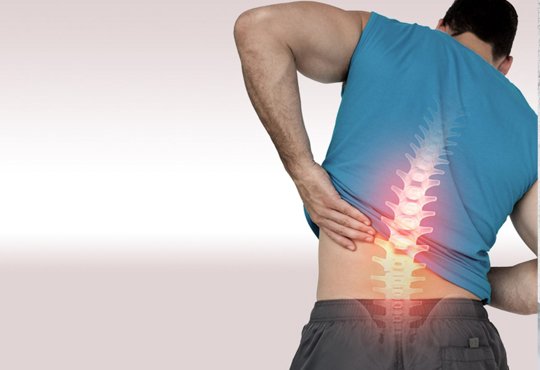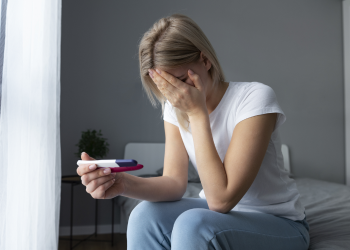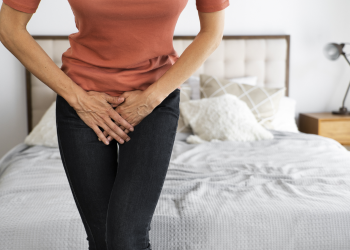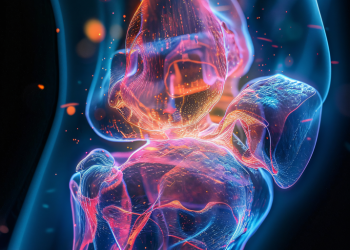Backache

BACKACHE
Back pain often develops without a cause that shows up in a test or
imaging study. Conditions commonly linked to back pain include:
- Muscle or ligament strain.
- Bulging or ruptured disks.
- Arthritis
- Osteoporosis.
- Ankylosing spondylitis
Risk factors
Anyone can develop back pain, even children and teens
- Age. Back pain is starting around
age 30 or 40.
- Lack of exercise
- Excess weight
- Diseases. Some types of arthritis and cancer can contribute to back
pain.
- Improper lifting
- Psychological conditions. People prone to depression and anxiety appear
to have a greater risk of back pain. Stress can cause muscle tension, which can
contribute to back pain.
- Smoking
Prevention
Improving one's physical condition and learning and practicing how to
use the body might help prevent back pain.
To keep the back healthy and strong:
- Exercise. Regular low-impact aerobic activities . Walking, bicycling and
swimming are good choices.
- Build muscle strength and flexibility. Abdominal and back muscle
exercises, which strengthen the core, help condition these muscles so that they
work together to support the back.
- Maintain a healthy weight.
- Quit smoking
Avoid movements that twist or strain the back. To use the body properly:
- Stand smart. Don't slouch. Maintain a neutral pelvic position. When
standing for long periods, place one foot on a low footstool to take some of
the load off the lower back. Alternate feet. Good posture can reduce the stress
on back muscles.
- Sit smart. Choose a seat with good lower back support, armrests and a
swivel base. Placing a pillow or rolled towel in the small of the back can
maintain its normal curve. Keep knees and hips level. Change position
frequently, at least every half-hour.
- Lift smart. Avoid heavy lifting, if possible. If you must lift something
heavy, let your legs do the work. Keep your back straight — no twisting — and
bend only at the knees. Hold the load close to your body. Find a lifting
partner if the object is heavy or awkward.
Buyer beware
Because back pain is common, many products promise prevention or relief.
But there's no good evidence that special shoes, shoe inserts, back supports or
specially designed furniture can help.
In addition, there doesn't appear to be one type of mattress that's best
for people with back pain. It's probably a matter of what feels most
comfortable.





